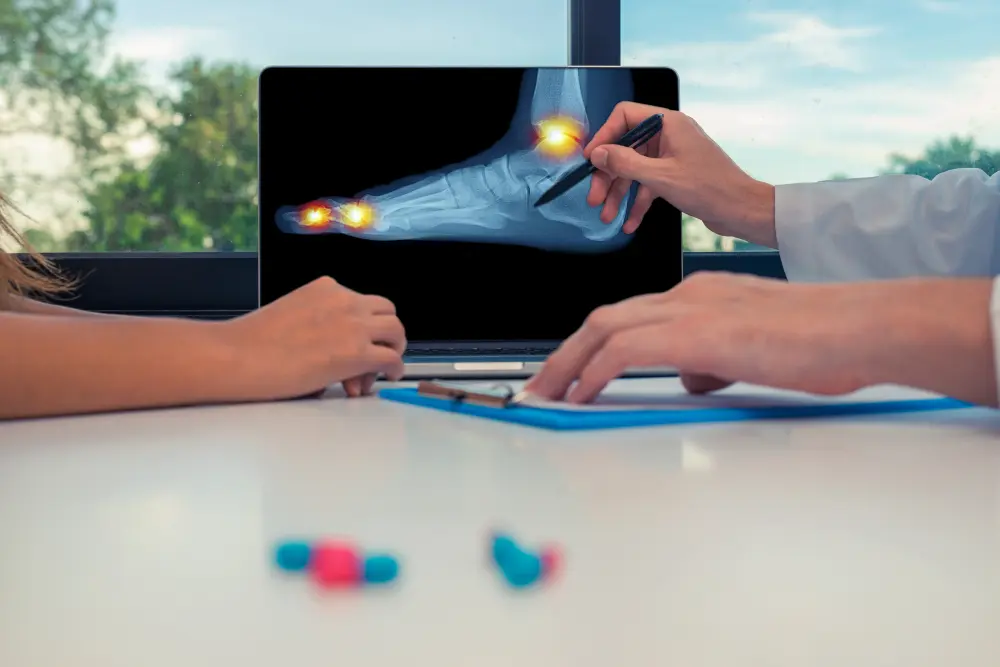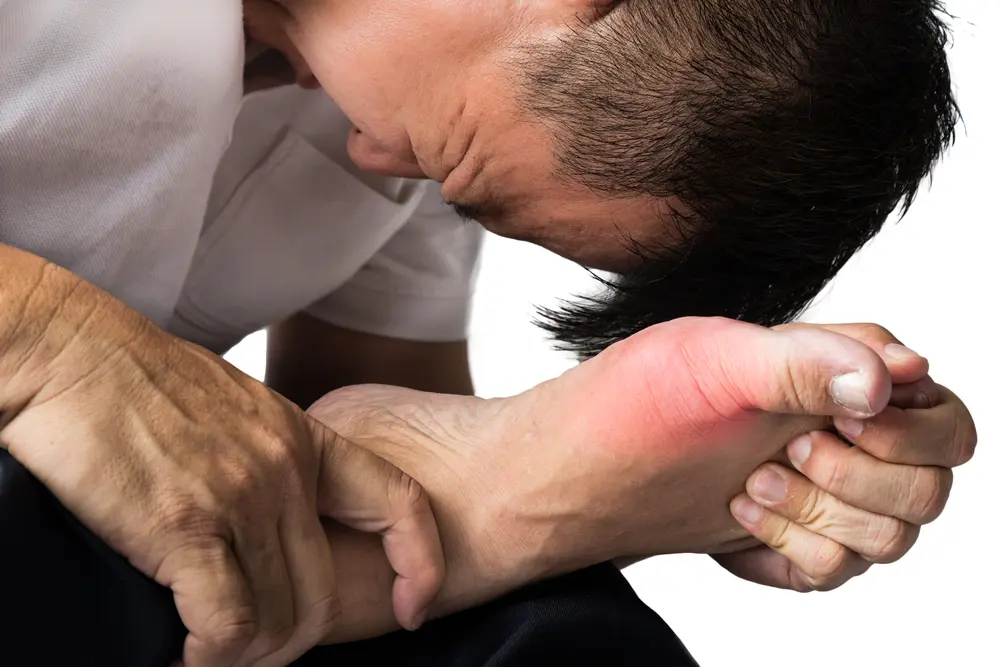
Gout is a really painful type of arthritis that can turn your life upside down. It happens when there's too much uric acid in your blood, which forms sharp crystals in your joints. Imagine waking up in the middle of the night with your big toe feeling like its on fire—red, swollen, and so tender that even the weight of a blanket is unbearable. That’s what a gout attack feels like.
But it's not just about the pain. Gout can make it hard to move around and do everyday things. Walking, exercising, or even just standing may become a challenge. These attacks can come out of nowhere and stick around for days or even weeks. Over time, if gout isn't managed well, it can lead to more frequent attacks and other complications. Gout treatment usually involves a combination of symptom management and lifestyle changes.
Gout is a form of arthritis that results from an excess of uric acid in the blood. When the body produces too much uric acid or fails to eliminate enough of it, urate crystals can form in the joints, causing intense pain and inflammation. Gout mostly affects the big toe, but can also impact:
Gout mostly happens due to high levels of uric acid in the blood. This results from eating foods high in purines, which the body breaks down into uric acid. Purine-rich foods include red meat, organ meats, and certain seafood. High fructose corn syrup, found in sugary drinks and processed foods, also contributes to increased uric acid levels.
Gout can affect anyone, but it's more common in men than women. Men typically develop gout from ages 30-50, while women are more likely to develop it after menopause. Other groups at risk include those with a family history of gout, individuals with obesity, and people with conditions like high blood pressure, chronic kidney disease, and heart disease. Certain medications like ACE inhibitors, beta-blockers, and anti-rejection drugs are also risk factors.
Gout symptoms often appear suddenly and can be extremely painful. During an attack, you may experience the following early stage gout symptoms in the affected joint:
People with gout may develop more severe conditions, like recurrent gout, which occurs several times each year. When untreated, gout may lead to the formation of urate crystals under the skin in tophi. Tophi aren’t painful but can become tender and swollen during an attack. The urate crystals may also build up in the urinary tract, leading to kidney stones.

Gout diagnosis is straightforward. It involves a thorough medical history, physical examination, and specific tests. Your doctor will ask about symptoms and the risk factors we discussed earlier. They will then perform a range of tests to confirm the diagnosis. They may conduct:
Unfortunately, there’s no cure for gout. However, with the right treatment and lifestyle changes, it can be managed and controlled.
Gout treatments are often successful. There are two main parts to treating the conditions:
These treatments help you manage the gout symptoms when you experience an attack. The most common medications include:
NSAIDs Over-the-counter NSAIDs like ibuprofen (Advil, Motrin), diclofenac, and naproxen (Aleve) can help reduce swelling and pain during a gout attack. You take NSAIDs immediately you notice the signs of an attack as this improves the outcome. But NSAIDs aren’t suitable for everyone, so it’s best to talk to your doctor first. Also, you shouldn’t take them for long as they can sometimes cause stomach issues or, with long-term use, more serious problems like ulcers.
Colchicine is a prescription medication that helps reduce pain and inflammation. It’s especially effective if you take it within 24 hours of an attack. The good thing about colchicine is that it specifically targets gout-related inflammation. However, it can cause some stomach upset, so make sure to follow your doctor's dosage instructions.
If NSAIDs and colchicine aren’t an option for you, corticosteroids might be the answer. These can be taken orally or injected directly into the affected joint. They’re super effective at reducing inflammation quickly. However, they come with their own set of potential side effects like increased blood sugar, mood swings, and weight gain, so they’re usually reserved for short-term use.

Your doctor might prescribe medications (in personalized doses) to help lower your uric acid levels, dissolve away crystals in your joints, and prevent crystals from forming. These are referred to as urate-lowering therapies (ULT). ULT treatments will start once an attack is completely gone.
It might take a few months or even years for the drugs to get rid of the urate crystals from your body. But once they’re gone, you won’t have tophi, gout attacks, or risk of joint damage due to gout. Also, note that these drugs won’t prevent attacks right away. You might still experience attacks up to 6 months after starting them.
Some common Food and Drug Administration approved ULTs include:
When gout leads to joint damage, you’ll likely receive treatment similar to osteoarthritis, which includes:
Tophaceous gout is a particularly severe form of gout that can significantly impact your quality of life. It involves the buildup of large uric acid crystal deposits, known as tophi, which cause chronic joint pain and damage. This condition arises from prolonged, untreated high levels of uric acid in the blood, known as hyperuricemia. Factors like genetics, a diet rich in purines (found in red meat, seafood, and alcohol), obesity, and health conditions such as hypertension, diabetes, and kidney disease increase the risk. Certain medications, including diuretics and aspirin, can also contribute.
The symptoms of tophaceous gout include visible tophi in areas like the fingers, toes, elbows, and ears, leading to joint pain, inflammation, and reduced mobility. If left untreated, it can result in joint destruction, deformity, kidney stones, and kidney damage.
Diagnosis involves a clinical assessment, imaging techniques like X-rays or CT scans, and blood tests for uric acid levels. Treatment aims to relieve pain and lower uric acid levels using medications such as NSAIDs, corticosteroids, colchicine, allopurinol, or febuxostat. Lifestyle changes, including a healthy diet, weight management, staying hydrated, and limiting alcohol intake, are crucial.
Managing tophaceous gout requires a comprehensive approach with medication adherence, regular medical check-ups, and education on self-care practices. Early and effective treatment can prevent complications and improve your quality of life.
In addition to the medications, some lifestyle changes can help make a big difference. Here are a few suggestions:
At the moment, gout has no cure. However, clinical studies are underway to explore new treatments and improve existing ones. Researchers are investigating various approaches to managing gout better and possibly curing it, focusing on more effective medications, genetic factors, and lifestyle interventions.


